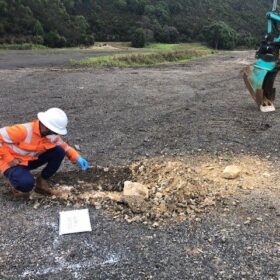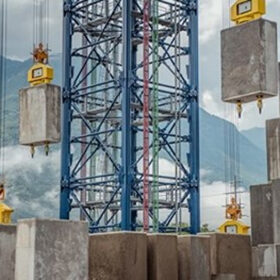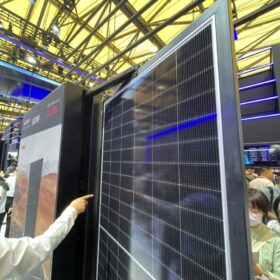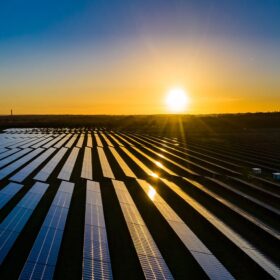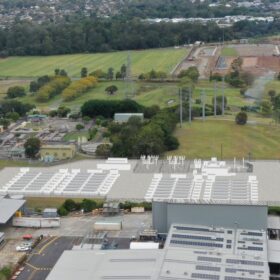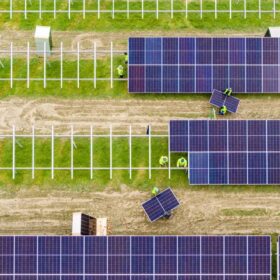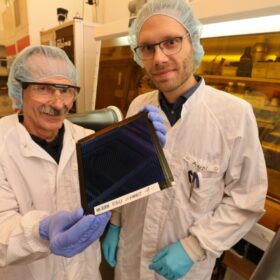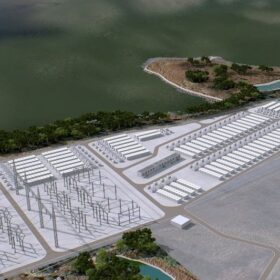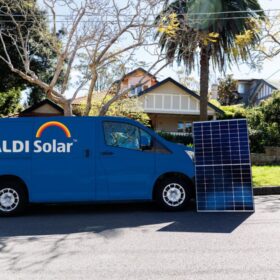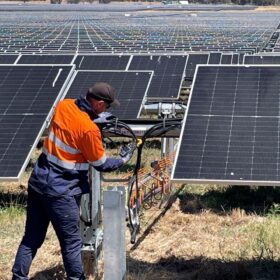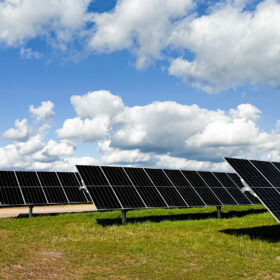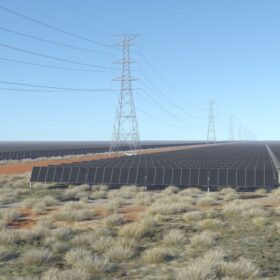Regulator provides tick of approval for Marinus Link early works spend
The Marinus Link power cable to be built between Victoria and Tasmania is a step closer to reality after the Australian Energy Regulator approved the project’s first revenue proposal, marking the planned early works spend as “prudent and efficient.”
Green hydrogen gets big boost with Frontier takeover of Waroona Energy
Australian renewable energy company Frontier Energy has completed its acquisition of Canadian firm Waroona Energy. The companies own neighbouring large-scale solar projects in Western Australia’s southwest and intend to join forces to create the state’s largest vertically integrated renewable energy hub.
Control tech for modular gravity storage
A group of researchers in China has developed an energy management system for modular gravity storage. Compared to single block gravity storage, the modular counterpart offers more flexibility in output power, ease of mass production of related equipment and better flexibility in the selection of weights.
Longi announces 27.09% efficiency for heterojunction back contact solar cell
Longi has announced the achievement of 27.09% efficiency for its heterojunction back contact solar cell, a result that has been confirmed by Germany’s Institute for Solar Energy Research.
NSW doubles size of Central-West Orana REZ to 6 GW
The New South Wales government has formalised its decision to double the size of Australia’s first coordinated renewable energy zone, boosting its capacity to 6 GW of solar, wind and storage in a move designed to better cater for the state’s future energy as it transitions from coal and gas to a renewables-based grid.
Akaysha announces financial close on 410 MWh Queensland battery
Australian battery and renewable energy developer Akaysha Energy continues to expand its energy storage portfolio, announcing that it has reached a final investment decision on a 205 MW / 410 MWh battery being developed in southeast Queensland.
Google deal to deliver 25 MW of solar capacity to NEM
The Australian arm of Swedish renewables heavyweight OX2 will develop a new 25 MW solar farm in the New South Wales Riverina district after signing a long-term power purchase agreement with data centre firm AirTrunk and global tech giant Google.
Researchers claim record-breaking 14.46% efficiency for organic PV module
A team of scientists at Germany’s Friedrich-Alexander Universität Erlangen Nürnberg has set an efficiency record of 14.46% for an organic PV module. The performance was certified by Germany’s Fraunhofer Institue for Solar Energy’s PV calibration laboratory.
Master-slave technique for deploying parallel inverters in PV systems
Scientists in Czechia have proposed to use parallel inverters in PV systems to not only reduce instability, but also to increase power yield. The proposed approach reportedly results in higher maximum power point tracking (MPPT) performance.
AGL presses go on Australia’s largest grid-forming battery
Australia’s largest battery with grid-forming inverter capabilities is set to go ahead with energy major AGL announcing a final investment decision on a 500 MW, two-hour duration battery being developed in the New South Wales Hunter Valley.
